
Some plants don’t just grow in soil—they grow through stories, struggle, and survival. Across healing practices and spiritual traditions, these ten plants carry the living memory of Black culture in America. You’ll find more than leaves and stems here. Each plant holds meaning that still shapes identity and heritage today.
Hibiscus
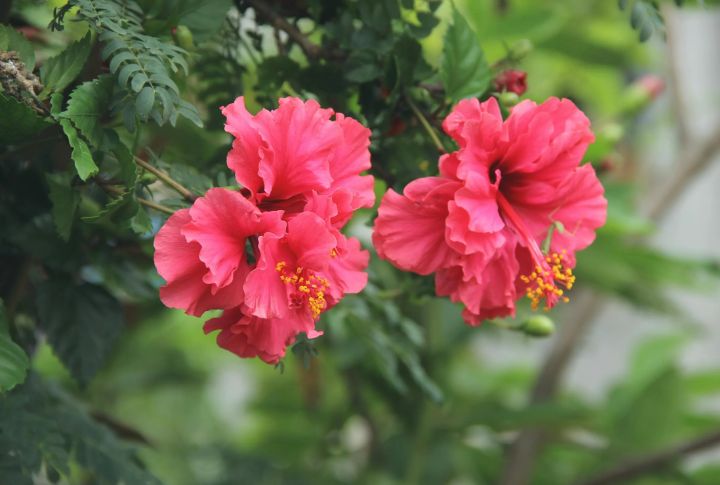
What begins as a vibrant flower ends up in cups filled with culture and care. Known by many names, Zobo, Sorrel, or Bissap, it’s a global go-to for hydration and healing. The natural compounds in it do more than refresh; they help manage blood pressure and boost overall wellness since it’s rich in anthocyanins.
Indigo
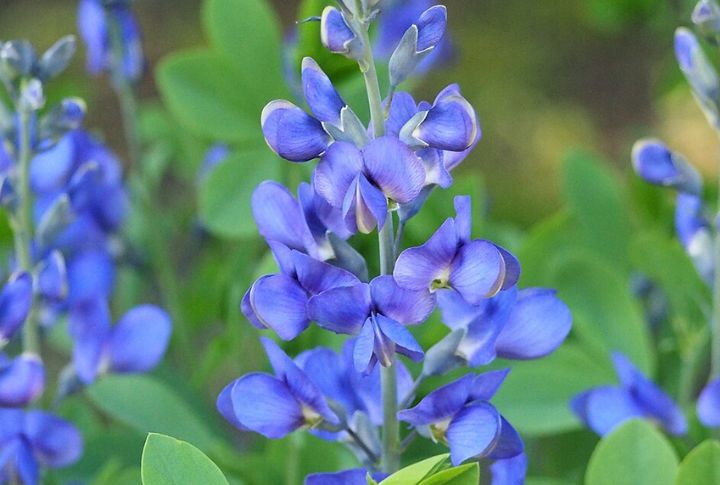
Indigo, once cultivated on Southern plantations by enslaved artisans for British gain in the 1700s, has roots tracing back to Mali and Ghana. So, when you wear the color indigo, you are wearing a symbol of resistance, as that dye carries with it a deep history of struggle and resilience.
African Violet
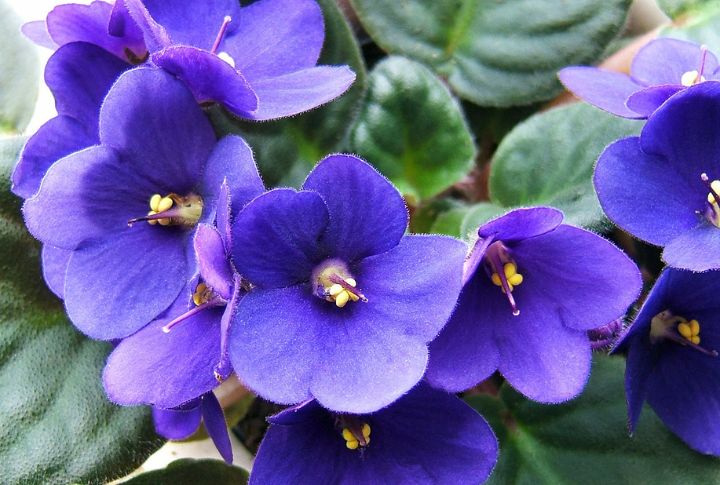
African violets were first discovered in Tanzania in the late 19th century and introduced to Europe and the U.S. shortly after. Their ability to thrive indoors with minimal sunlight made them popular among African-American families, especially those in urban housing where outdoor gardens weren’t available. Due to this, they became symbols of nurturing and adaptability.
John The Conqueror Root
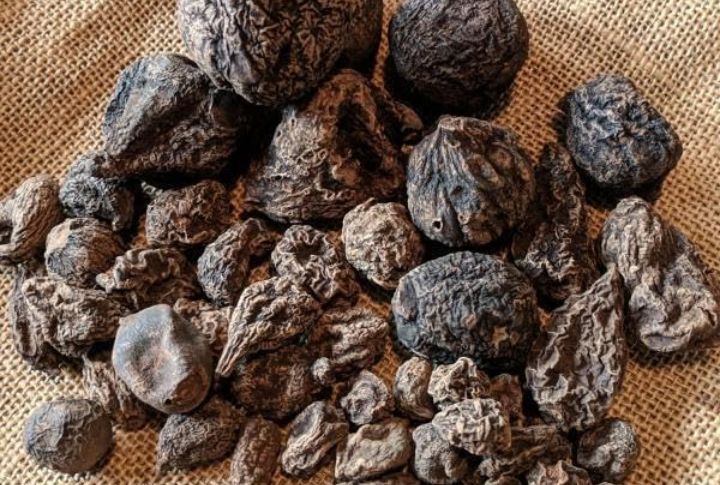
Laugh if you must, but this root isn’t to be underestimated; it’s used in Hoodoo for strength and legal wins, with a legend tied to an African prince enslaved in America. Belief in its power is what keeps this plant’s legacy alive, with many still slipping it into their pockets or tucking it under their pillows.
Sweetgrass

Braided into Gullah baskets, this sacred grass is more than fragrant; it preserves a significant history. You will find it growing wild in coastal Carolina marshes, where West African craft meets Indigenous land. Sweetgrass is functional, fragrant, and deeply cultural, which makes it strong and easy to remember its origin.
Mullein
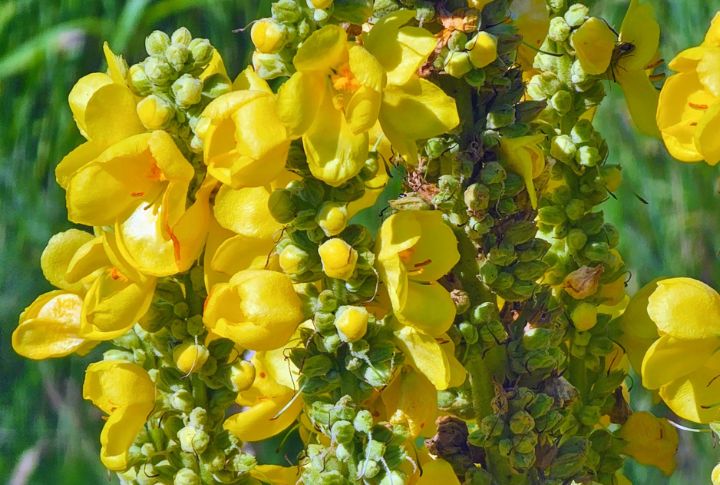
Mullein has been soothing coughs for centuries, long before pharmacies even had shelves stocked with remedies. You’ll spot its fuzzy leaves along dirt roads and graveyards, with its strength hidden in its softness. Enslaved healers boiled it into teas or rubbed it on chests to bring out its healing powers.
Corn
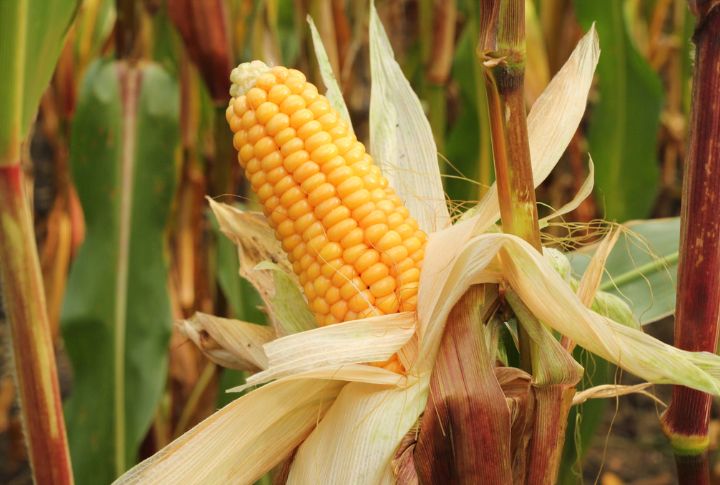
It started as a staple crop in Africa, but in the Americas, corn became a symbol of survival. Through slavery’s harsh trials, it fed families and kept hope alive. Today, dishes like cornbread and hushpuppy still hold that story, one rooted in resilience and passed down with care.
Boneset
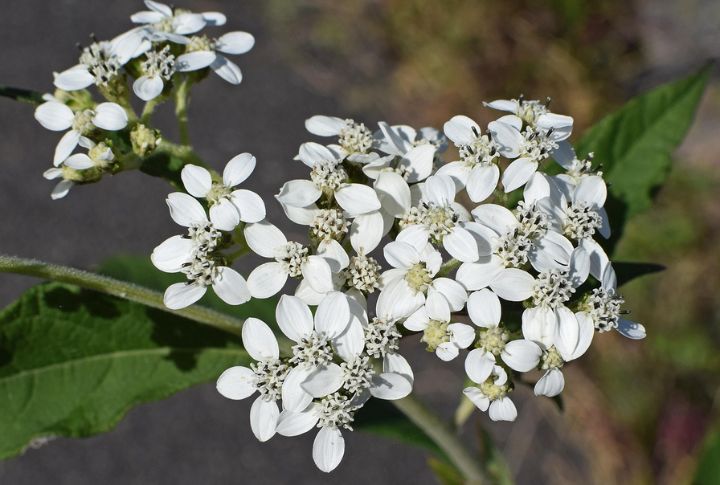
Known to grow near creeks, this bitter herb was once trusted by Black herbalists to ease fevers and soothe the bone-deep ache of dengue. Enslaved ancestors called it boneset for good reason—its healing power lingered long after the fever broke.
Marigold
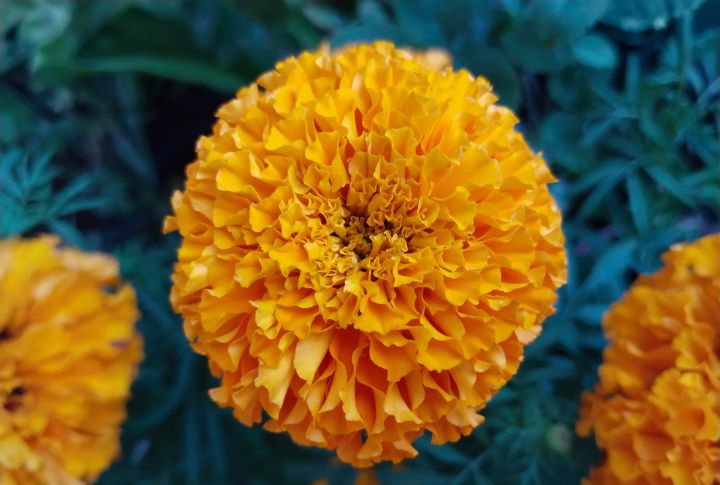
You’ll often see these flowers placed near portraits and on altars, full of tradition and purpose. Marigolds guide spirits and honor loved ones during sacred moments. In traditions like Hoodoo and Haitian Vodou, they stand for fire and memory, never fading, just like the feelings they’re planted to preserve.
Collard Greens
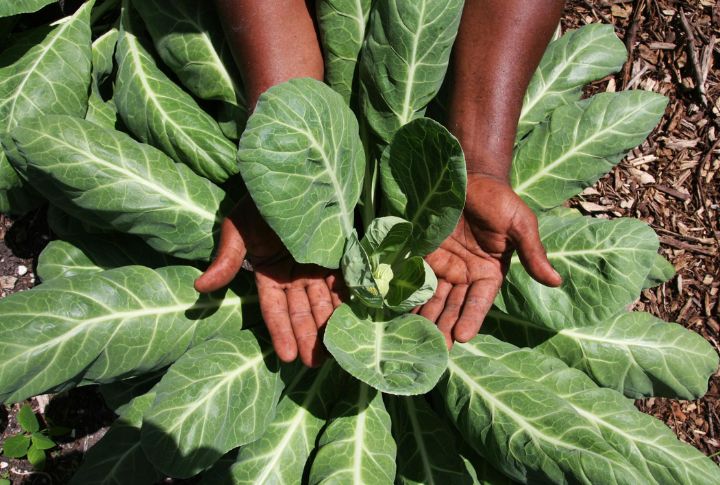
Nourishment came with meaning when enslaved people planted collards in garden patches. These leafy greens grew best in cooler weather and offered more than vitamins—they offered a voice. Eating them now connects you to a past where every leaf told a story of strength and silent resistance.

